MiG Master


The latest edition of this work has been brought to publication with the generous assistance of Marguerite and Gerry Lenfest.
Naval Institute Press
291 Wood Road
Annapolis, MD 21402
First edition published by the Nautical and
Aviation Publishing Company of America, 1980
1980, 1990
by the United States Naval Institute
Annapolis, Maryland
All rights reserved. No part of this book may be reproduced or utilized in any form or by any means, electronic or mechanical, including photocopying and recording, or by any information storage and retrieval system, without permission in writing from the publisher.
First printing in paperback, 2007
ISBN: 978-1-61251-544-1 (eBook)
The Library of Congress has cataloged the hardcover edition as follows:
Tillman, Barrett.
MiG master: the story of the F-8 Crusaders /
Barrett Tillman.
2nd ed.
p. cm.
Includes bibliographical references.
1. Crusader (Jet fighter plane) I. Title.
UG1242.F5T55 1990
358.4'3dc20
89-13628
CIP
 Print editions meet the requirements of ANSI/NISO z39.48-1992 (Permanence of Paper).
Print editions meet the requirements of ANSI/NISO z39.48-1992 (Permanence of Paper).
9 8 7 6 5 4 3 2
For Beverly Barrett Tillman Who tolerates two aviators in the family
Contents


This book is a factual, nuts-and-bolts record of the life of an airplane. It is also a critique of our national policy vis--vis air warfare, with particular emphasis on lessons learned in Vietnam. But it is much more than either of these; it is a rare military history. All too infrequently do our military historians focus on a particular mission, on a particular group of men, over the relatively short time span of a quarter century. Except when one does, and does so not only with thoroughness but with the authentic re-creation of firsthand experiences in the style of a Barrett Tillman, the lessons behind the success and failures, the victories and defeats of major military enterprises, usually go unnoticed and die in the dusty unit history archives of the Defense Department.
MiG Master is the history of a romantic first-of-a-kind generation of dogfighting carrier pilots who, while being told that their art and craft belonged to a bygone age, brought that craft up through its development years, took it into battle, and showed the experts that a fighting heart and a rambunctious steed still can carry the day in an age of high technology. That the steed was rambunctious was clear to the Crusader generation from their first briefing in the mid-1950s. As an LSO, I can attest that it is as demanding an airplane in the groove as any the navy has ever put aboard carriers. It may have been the first for which preselection of pilots on the basis of their reflexes and agility on the handlebars was advisable.
And in those early days, the Crusader was in need of refinements. Tillman recalls for us the years of frustration and experimentation spent in making the gun system serviceable and repeatable in the twenty- and thirty-thousand-foot gunnery patterns. Who among us who made the 1950s cruises can forget the hazards of the weak landing gear and the fixes upon fixes necessary to make the wheels stay on after a high sink-rate plant into the wires? I flew Crusaders through five WestPac cruises, and on the first two (USS Midway, 1958 and 1959) I made it squadron policy to bring them all the way down the glideslope and into the wires, holding a steady one ball low on the lens to take a couple of degrees off the deck impact angle.
Technologists will find a detailed description of these problems early in this volume, and the story of latter-day airframe and engine modifications for the foreign market at the end. But for old and new fighter pilots, for the casual reader of today, and perhaps even for the cults of tomorrow, the middle of the book is where it all happens. There, in authentic fighter pilot terms, Barrett Tillman takes us through the key actions of the early years of the Vietnam War (19641968), when the Crusader generationby then lieutenant commanders and commanders with a couple of thousand hours in type, handled those rambunctious steeds with scarcely a glance in the cockpit. Directing their wingmen through the constantly changing three-dimensional puzzles of air combat maneuvering, they wove arabesques of maneuver in the vertical plane, that natural habitat of the gun fighter, taking more MiGs out of the sky than any other airplane in our nations arsenal.
The book was immensely informative to me, because I spent three of those five years from 19641968 hearing the air actions from the ground in Hanoi, not knowing who the major players were up there. Hardly a name is mentioned in this book that does not bring back memoriessometimes laughs, sometimes sadness for splashed no-shows at prison camp, but always memories of admiration and pride. I had served in many of the squadrons accounted for. VF-211 and VF-24 were setting their MiG shootdown records over the Hanoi power plant and elsewhere during a busy and trying summer of 1967the summer of a tough purge and broken bones in the Hoa Lo Jail below. (I had deployed as ops officer of 211 and as exec of 24.) My old command, VF-51, shone frequently, and particularly in the summer of 1968. What a morale boost it would have been for me to know that, during my summer in a little dungeon known as Alcatraz! It was with particular pride that I read about the grand battle performances of Chuck Ludden (of VMF-212) and Dick Bellinger (VF-162). Both their squadrons were in my wing when I was shot down as CAG-16. It was VMF-212 that came up with the idea of carrying a 2,000-pound bomb under each wingwhich we did regularly without BuAer authorization, taking the cat shot with half a fuel load to stay below the launch gross weight redline.
It is perhaps understandable that this foreword is hardly the detached, objective sort of piece that one expects to introduce a volume of history. My position is rather one of emotionlove and attachment to the men and the enterprise it describes. Moreover, the F-8 was not, as I saw it, a cool, analytical, or detached program. It staked out territory at the cutting edge of technology. We who volunteered into the program from the start (and most in it did so) never went on the assumption that handbook procedures were going to solve the problems that would surely follow in the wake of such a bold step forward in performance. To be an F-8 pilot was from the start to be emotionally involved in making it work with human initiative and improvisation.
Next page

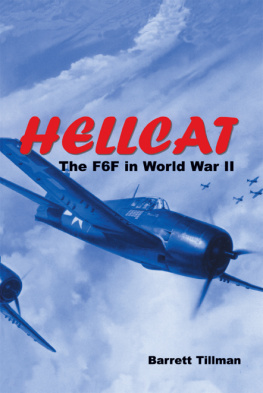
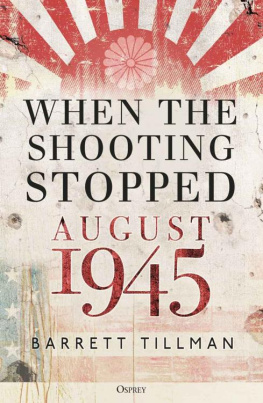
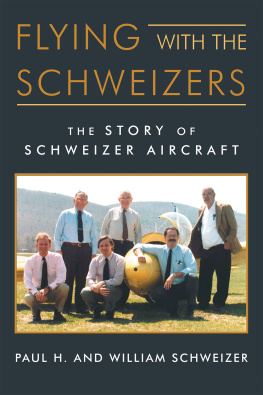
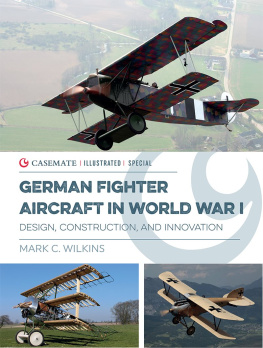


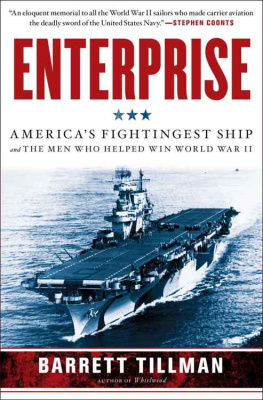
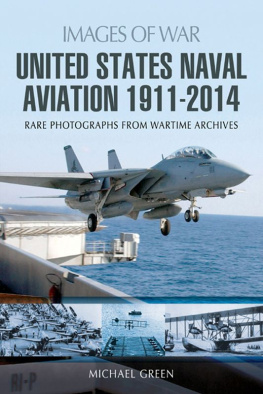

 Print editions meet the requirements of ANSI/NISO z39.48-1992 (Permanence of Paper).
Print editions meet the requirements of ANSI/NISO z39.48-1992 (Permanence of Paper).